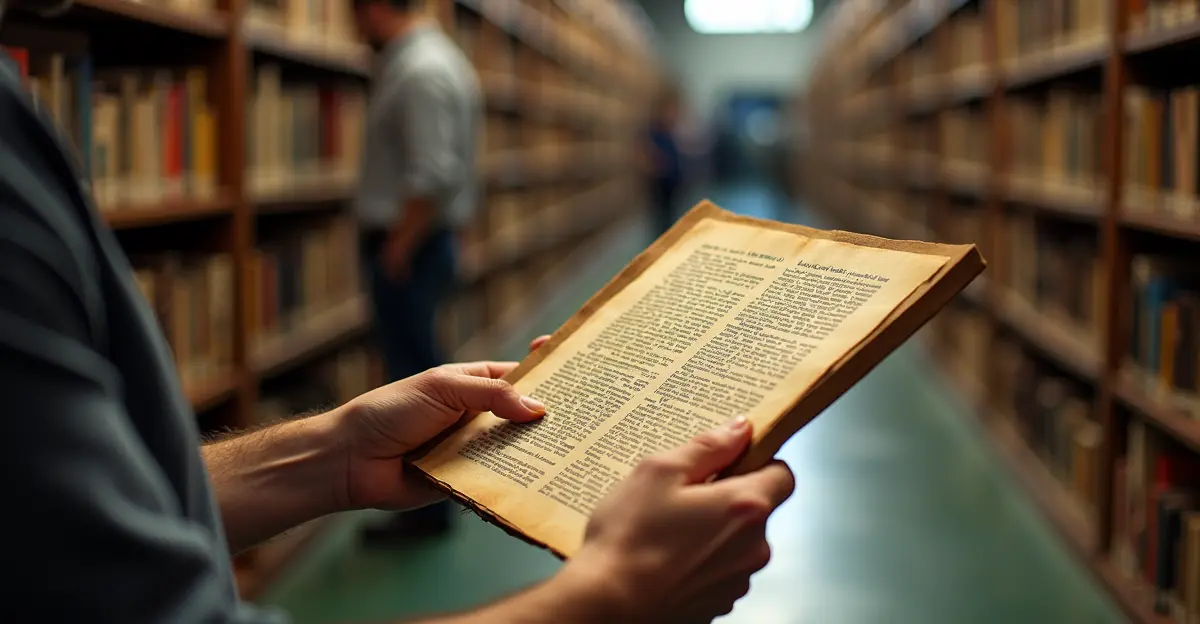
Global Libraries Embrace AI Technology for Cultural Preservation
Libraries and cultural institutions around the world are undergoing a digital transformation revolution, leveraging advanced Artificial Intelligence and Optical Character Recognition (OCR) technologies to preserve rare manuscripts and historical documents. This groundbreaking initiative represents one of the most significant advancements in cultural heritage preservation in decades.
The Technology Behind the Transformation
Modern AI-powered OCR systems have evolved far beyond traditional text recognition software. These advanced systems can now accurately decipher handwritten texts, faded ink, damaged pages, and even multiple languages within the same document. The technology uses deep learning algorithms trained on millions of text samples, enabling it to recognize various writing styles, historical scripts, and linguistic patterns that were previously challenging for conventional OCR systems.
Major Global Initiatives
Several prominent institutions have launched ambitious digitization projects. The British Library has been using AI OCR to digitize its vast collection of medieval manuscripts, while the Vatican Library is employing similar technology to preserve ancient religious texts. In the United States, the Library of Congress has integrated AI OCR into its massive digitization efforts, making rare historical documents accessible to researchers worldwide.
Benefits for Researchers and the Public
The digitization of rare manuscripts offers numerous advantages. Researchers can now search through millions of pages of historical text in seconds, discovering connections and patterns that would have taken years to uncover manually. The technology also enables text-to-speech functionality, making these historical documents accessible to visually impaired individuals. Additionally, digital preservation ensures that these cultural treasures are protected from physical degradation, natural disasters, and other threats.
Challenges and Future Developments
Despite the remarkable progress, challenges remain. Some ancient scripts and languages still pose difficulties for AI systems, particularly those with limited surviving examples for training. However, ongoing research in machine learning and natural language processing continues to improve accuracy rates. Future developments may include real-time translation capabilities and enhanced contextual understanding of historical texts.
This technological revolution in cultural preservation represents a significant step toward making humanity's collective knowledge more accessible and secure for future generations. As AI OCR technology continues to advance, we can expect even more sophisticated tools for unlocking the secrets of our historical documents and preserving our cultural heritage for centuries to come.

 Nederlands
Nederlands English
English Français
Français Deutsch
Deutsch Español
Español Português
Português


